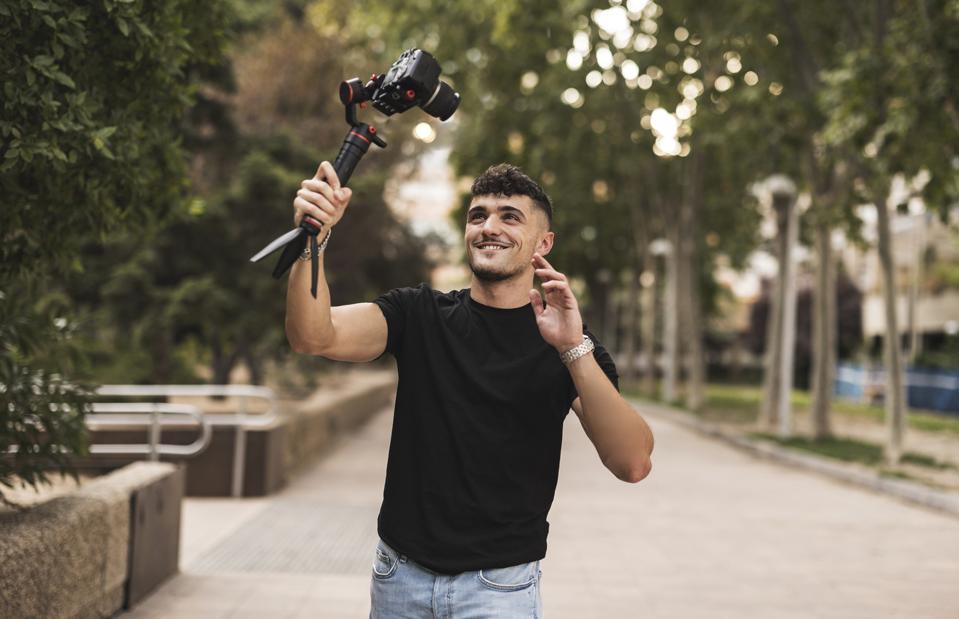In his first-ever YouTube video, Sean Frank—the CEO of wallet brand Ridge—unpacks what most CMOs would consider proprietary gold: exactly how he’s spent over $10 million on influencer marketing, what worked, what didn’t, and how other brands can copy his playbook.
“Influencer marketing is the closest you can get to scaling word of mouth,” Frank says. “That’s why it’s so powerful. That’s why we spent $10 million doing it.”
Unlike brands blindly chasing CPMs or optimizing creative based on Facebook ad dashboards, Ridge has built an entire marketing flywheel around creators—and more importantly, around creator trust.
Here are the deeper lessons every marketer should steal from Ridge’s playbook.
CPM Isn’t Just Math—It’s Brand Psychology
Most marketers treat influencer pricing like media buying: pay more, get more impressions. Frank sees it differently. He argues that your brand’s “base CPM” depends less on math and more on psychology—how creators perceive your trustworthiness, your product category, and your risk to their audience.
“Ridge can get deals done for $10 CPMs all the time… Crypto [brands] spend $500 to $1,000 on a CPM.”
Why the gap? First, Ridge is in a non-controversial, high-trust category. Second, Ridge is what Frank calls “influencer-safe.”
“We aren’t a scam. We won’t steal money from their audience. We’re not going to hurt their credibility.” That trust acts like a discount. And in an industry still haunted by scammy supplements and vaporware brand deals, Ridge becomes a safe, even relieving partner to creators—especially those who’ve been burned before.
The Bell Curve Most Marketers Miss
One of the most surprising insights in Frank’s video is how CPMs peak not at the top, but in the middle of the creator landscape. “MrBeast has the same CPM as a creator with 100,000 [subscribers]… The highest CPMs actually peak in the middle.”
That’s because:
- Small creators are overlooked.
- Huge creators (like MrBeast) have few buyers at their price tier, which lowers their effective CPM.
- Mid-sized creators in saturated niches (like beauty, wellness, and parenting) are overbid, inflating their prices.
The result? Many brands are overpaying for competitive mid-tier creators while missing deals on massive-scale or micro-influencers with underpriced reach.
The Real Flex? Non-Endemic Sponsorships
If you’re a beauty brand, it might seem logical to sponsor beauty influencers. Frank says think again. “I think there’s more alpha to be had in a non-endemic sponsorship approach… We work with Linus Tech Tips. We are a wallet trying to sell to guys. So it makes a ton of sense.”
Why does this work?
- It’s less risky for creators—they’re not staking credibility on your product category.
- It’s less crowded—there’s fewer brands bidding on that ad space.
- And the product category is more versatile—a tech reviewer can recommend a wallet with no conflict, no ego, and no risk.
Non-endemic sponsorships are often seen as “off-topic,” but for Ridge, they’re a smart way to buy underpriced attention in less saturated audiences.
Scaling Through Trust, Not Tools
What stands out most in Sean Frank’s approach is how creator trust becomes the competitive advantage—not just performance data, not just creative iterations.
“When somebody buys something from me, they’re getting exactly what it says on the product page… The wallet has a warranty. I’ve serviced probably 100,000 warranties.”
That consistency builds brand equity not just with customers, but with creators. And that leads to better deals, longer-term relationships, and smoother execution across campaigns.
For creators, working with Ridge isn’t a gamble. It’s a guarantee.
Why MrBeast Might Be the Most Undervalued Ad Buy in America
Here’s the part of Frank’s breakdown that should shake every CMO: MrBeast has more reach than the Super Bowl—and a lower CPM.
“To run a Super Bowl ad is $7 million… You get 120 million eyeballs. That’s a $60 CPM. MrBeast will typically get 200 million views on a video… You can do a deal with MrBeast for $2 million.”
That’s a third of the price for more reach—and in a format that’s native, trusted, and host-read.
It’s not that MrBeast is cheap. It’s that the rest of the market hasn’t caught up to his value—because most brands still view influencer marketing as a niche line item rather than a core media buy.
Final Thought: Treat Creators Like Media Partners
Sean Frank’s most important lesson is a philosophical one: influencer marketing isn’t a side tactic. It’s a media channel, and creators are your publishers. So treat them like it.
- Bring clarity.
- Be trustworthy.
- Make deals that scale.
- And show up in places your competitors aren’t even thinking about.
As Frank says at the end of his video: “I’m my own influencer. Being paid to post—that’s the future.” And for forward-thinking brands, that future is already here.

